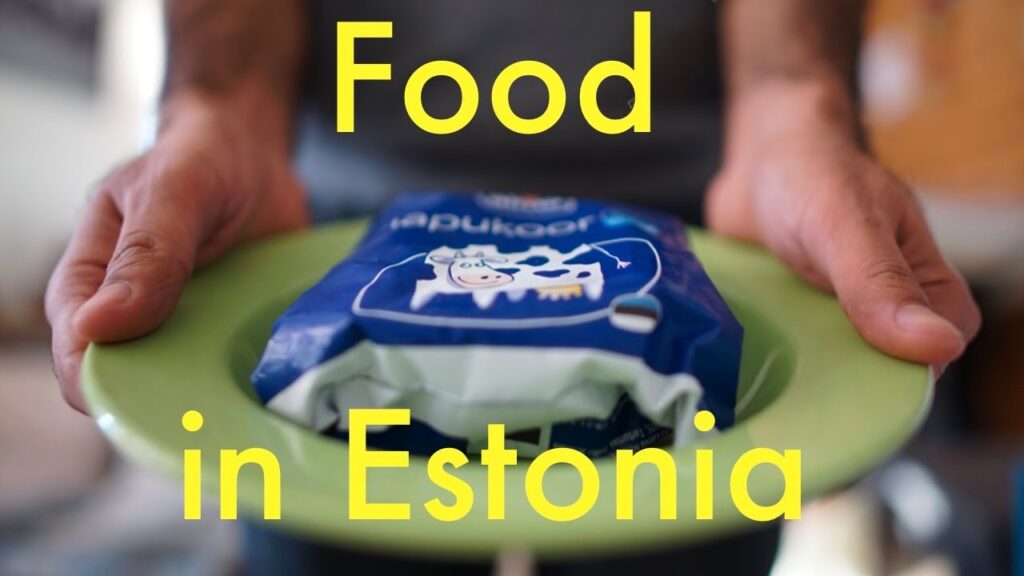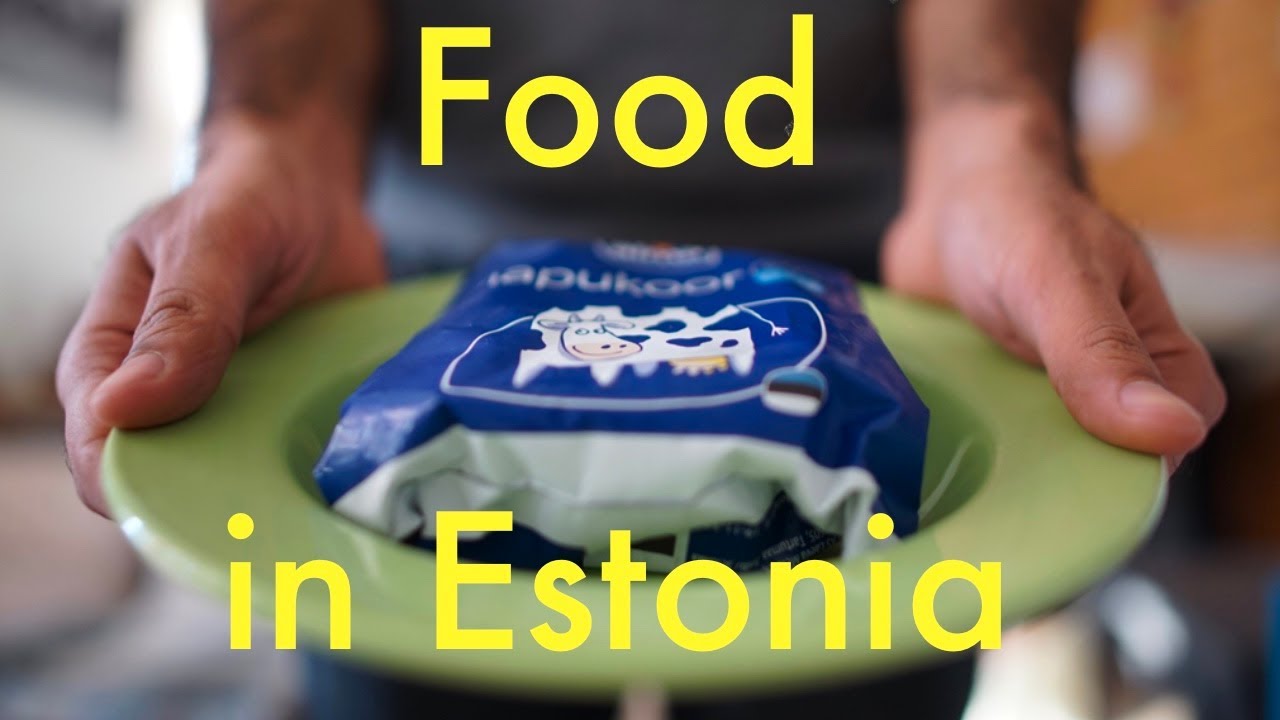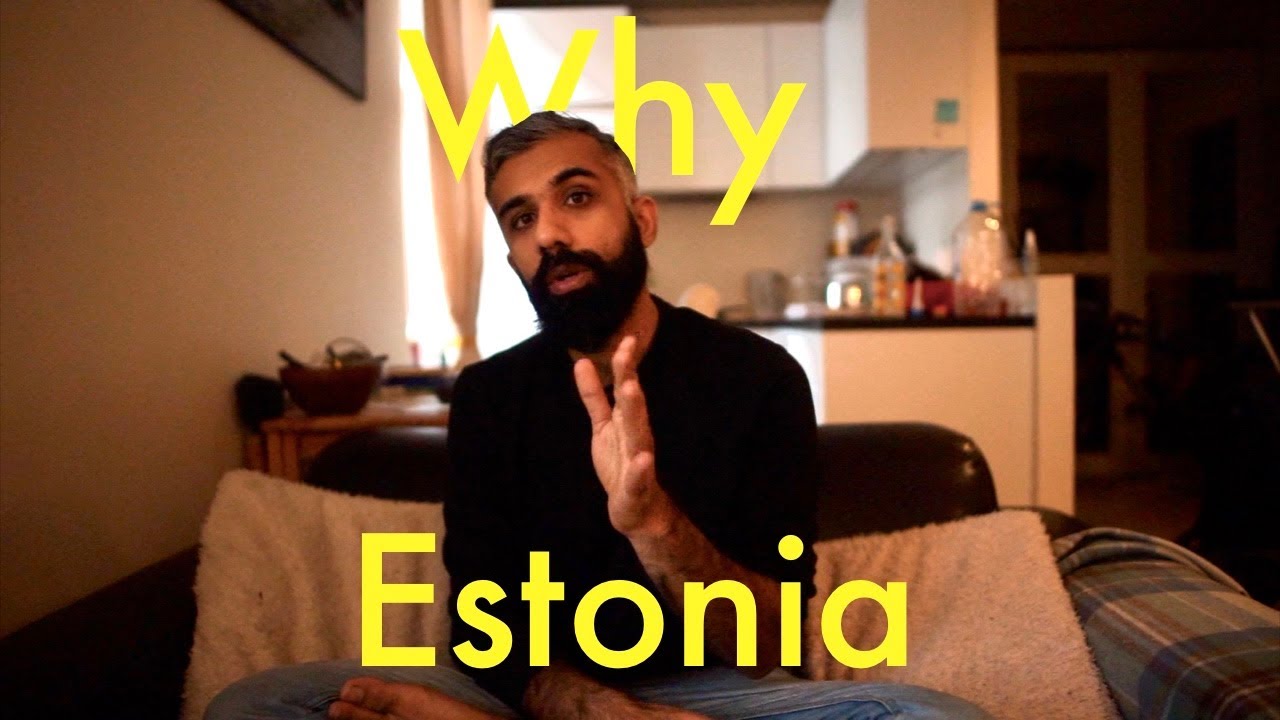Life in Estonia for Foreigners
Ep03: Food In Estonia
What Moving to Estonia Taught Me About Food (And Myself)
The Crunchy Hook
When I moved to Estonia, I thought I was prepared.
For the cold? Check.
For the darkness? Check.
But no one warned me about the food.
And trust me—if you’re from Pakistan like me, moving to Estonia is not just a change of country. It’s a change of flavor, of rhythm, of what feels like home on a plate.

Licking Reality Check
Let me start by saying this: in Pakistan, food is life.
It’s not a side character—it’s the whole plot.
Births, marriages, funerals, religious holidays—everything revolves around food. You don’t meet people without sharing a snack. You don’t walk outside without passing a dozen food stalls sizzling with spice and soul. And if you eliminate food and weddings from a Pakistani conversation, you’re mostly left with politics.
So when I arrived in Estonia, let’s just say it was… a culinary culture shock.
🇪🇪 Life in Estonia: A Different Plate Entirely
Estonian cuisine is simpler, milder, and deeply rooted in practicality. A typical Estonian kitchen has:
- Rye bread (black bread) – deeply loved and deeply dense.
- Hapukoor (sour cream) – goes on everything.
- Verivorst (blood sausage) – a local favorite I’ve never tried (Muslim dietary reasons).
The first time I experienced Estonian food was at an international dinner during university. Everyone made a dish from their home country, and guess what? By the end of the evening, every table was empty—except the Estonian one. Even the Estonians didn’t finish it.
Culture, Cravings & Coping
Adapting to life in Estonia meant adapting to its food.
And that came with some real challenges:
- I couldn’t cook. Back home, parents or extended family handled that. Here? You’re on your own.
- Halal food was rare. Six years ago, I could barely find halal chicken. Today, it’s better—but still limited and often expensive.
- Eating out is pricey. Estonia seems affordable from the outside. But when you factor in local incomes, dining out regularly can burn a hole in your wallet.
- Mental health and food are linked. When your comfort foods are gone, you feel it—physically, emotionally, psychologically. Roti and daal aren’t just food. They’re memory. They’re identity.
And here’s something most people don’t talk about: even if the ingredients in Estonian food match the proteins and carbs of your home country, your body knows the difference. You crave the ritual, not just the nutrients.
🔄 How I Adapted (And You Can Too)
- Recognize the tradeoff. Yes, you’ll miss home-cooked biryani. But you’ll also learn what your body actually needs—not just what it’s used to.
- Explore new dishes. Try rye bread. Try sour cream. Experiment with local ingredients.
- Learn to cook. It’s not optional. It’s survival.
- Find your “reset.” Moving to Estonia gave me a chance to rethink what “healthy” meant. Less oil, fewer fried things, more balance.
This journey taught me how closely food is tied to identity. And while Estonia’s food culture is different, it also helped me grow in ways I never expected.
🧠 Final Bite
Moving to Estonia didn’t just change what was on my plate. It changed how I think, how I plan my meals, and how I take care of myself. If you’re planning to start your life in Estonia, don’t underestimate how important food will be in that process.
So—what’s cooking in your kitchen today?




